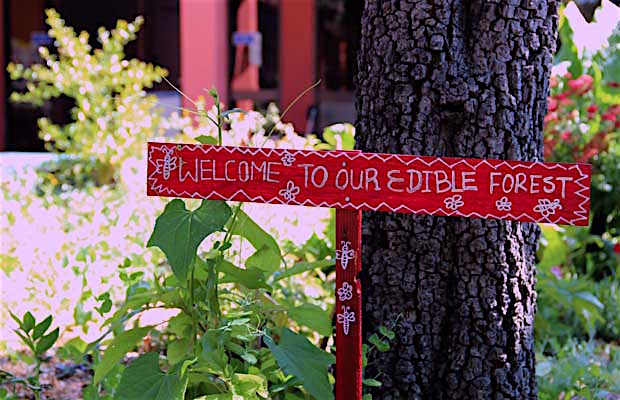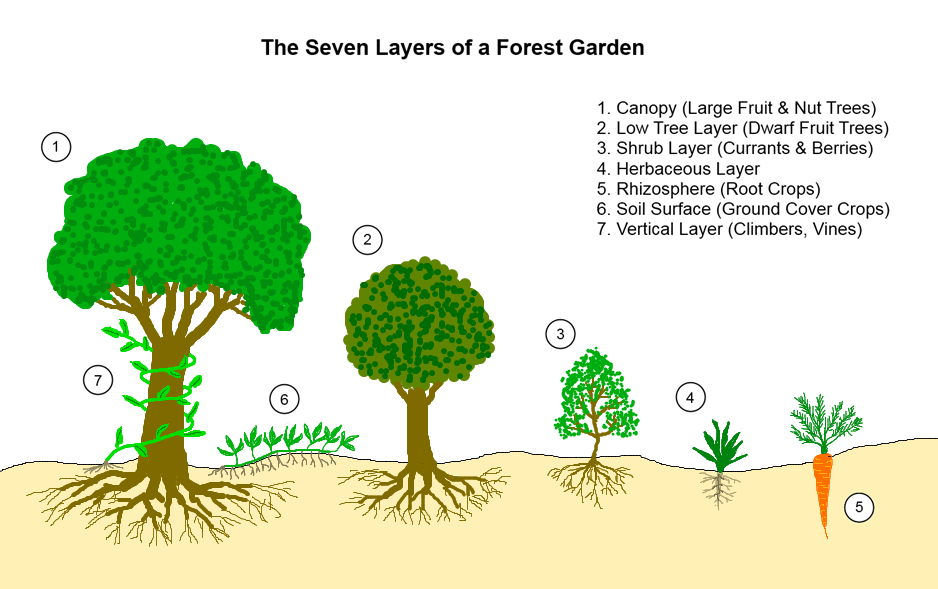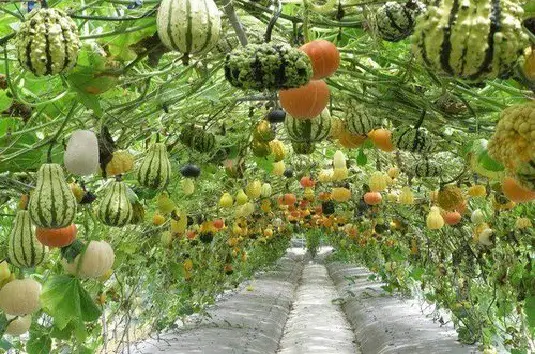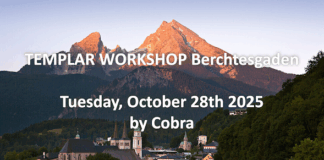
As a scientist, Angelo Eliades of Preston, Australia set out to prove that it isn’t necessary to have acres of land in order to grow enough food to feed a family and share with the community. He decided to use his own small yard to test his theory that growing an urban food forest in tiny spaces is not only doable, but also incredibly productive. Angelo is in good company — communities around the world are increasingly embracing the idea of sustainable public gardens. In a bid to cultivate local, organic food systems that can feed the masses in both good times and those of the more challenging sort, pockets of these community spaces are sprouting up in the most surprising of places.
“No Time or Space for Wild Speculation”
When Angelo embarked on his food forest project, he was very clear about his motivations. After witnessing too many horticulturalists who were skeptical about permaculture — a style of gardening and land management that is self-sustaining, similar to a forest in the wild — he decided to use his own backyard as an experiment to establish, once and for all, that bio-intensive gardening can be tremendously fruitful. What makes his project unique is that he used his background as a scientist to meticulously document everything he did, including all yields.
“I have no time or space for wild speculation’, he said. ‘For me, my food forest was really to prove that the concept worked. As a scientist, if something’s scientific, that means it’s repeatable,” Angelo told Food Alliance.
Tackling the “leached and lifeless” soil in his 80 square meter backyard, Angelo designed and grew an impressive bio-intensive, food producing oasis. He chose a range of fruit trees, berries, herbs, perennials and annuals to grow. And focused on a variety of early, mid- to late fruiting trees, bushes and vines so that the harvest would be extended over several months, instead of having an excess of fruit spanning just a few weeks. He also selected species that thrive in a Melbourne climate — which can be erratic at best. Even though his fruit trees are still a few years off from maturity — with one third not producing at all — the garden has already supplied 200 kilograms of produce per year. He believes 500 kilograms/year is more than possible in the future.

Why did Angelo choose a permaculture model? In short, he feels it’s the most ethical food producing system.
“There is a stark and glaring difference between the taking of life to sustain life, and the taking of life to support a lifestyle! … [F]rom a Permaculture perspective, ethical actions are simply those that support life, and unethical ones are ones that harm or destroy life needlessly.”
Angelo is just one among many who have seen the ethical implications and broad benefits of permaculture. On a broader scale, two cities, spaced a world apart, have taken the idea of public, bio-intensive edible gardens to a whole new level.
Incredible Edible Todmorden
A revolution has taken root in a small hamlet found in the north of England, one of food self-sufficiency, community and guerrilla gardening. Todmorden seems like a typical market town — until you have a closer look at the landscaping found throughout the municipality. Instead of ornamental plants, beds of vegetables, herbs and berries adorn government offices, medical centers, schools and local businesses. A barren strip on the main town road is now a herb garden, whereas a corner of the car park grows an abundance of vegetables. Even cemeteries are fair game for edible plantings. The town is now the proud home to 70 large produce beds, as well as fruit orchards and ample berry bushes. What’s more, all the bounty is free for the taking.
Pam Warhurst: How we can eat our landscapes
The founders of the movement were inspired to create food self-sufficiency for the community, while also fostering a sense of connection and beauty. Those in the forefront of the plantings didn’t ask permission — they simply did it, one small patch at a time. Todmorden even attracts “vegetable tourists” who visit the town to learn about the ever evolving project. The community hopes to be completely food self-sufficient by 2018.
Meanwhile, half a world away, a similar vision is taking shape — this time in the United States.
Community, Caring and Sharing
Imagine a public space filled with an array of fruit trees and bushes, herbs and vegetables — including chestnut and walnut; apples and pears; pineapple, guava, persimmons and yuzu citrus; honeyberries, lingonberries, raspberries and more. You would be forgiven for thinking you had stumbled into a veritable Garden of Eden. But the reality is closer to home — a seven-acre food forest in the Beacon Hill neighborhood of Seattle, Washington.

Part of the urban agriculture movement, Seattle’s Beacon Hill project is a grassroots approach to food production and security. With food costs sky-rocketing — and potential shortages looming due to erratic weather, loss of top soil and increasing population — the establishment of local, sustainable and organic community food forests is a growing trend nationwide and around the world.
Different from standard community food gardens where everyone is assigned their own private plot to tend, volunteers of a food forest cultivate the entire space together and share the fruits of their labor with everyone — even urban foragers not involved with the project.
The City of Seattle approved $100,000 towards the food forest, while the Department of Neighborhoods awarded an additional $86,317. Volunteers began preparing the garden in late 2012. Once the project was underway, the inevitable question was asked: “What to do about overzealous pickers?” Happily, the answer is inspiring: sharing can work, and does, for the young food forest — which already produces more than is gathered.
Jackie Cramer, one of the cofounders, told Grist, “I think a lot of people are drawn to it, especially young people, because it’s offering a vision — no, enacting a vision — of sharing and kindness, and caring.”
Beacon Food Forest
[su_vimeo url=”https://vimeo.com/43583846″]
Beacon Food Forest from InterChange Media on Vimeo.
From Wake-up World By Carolanne Wright
Article sources
- www.foodalliance.org.au/article/permaculture-in-preston/
- www.deepgreenpermaculture.com/permaculture/
- www.wakeup-world.com/2014/05/05/enterprising-community-aims-for-total-food-self-sufficiency-with-free-edible-landscapes/
- www.permaculturenews.org/2009/01/26/food-forests-across-america/
- www.grist.org/food/these-urban-farmers-want-to-feed-the-whole-neighborhood-for-free/
- www.takepart.com/article/2012/02/21/its-not-fairytale-seattle-build-nations-first-food-forest
- www.theglobeandmail.com/news/british-columbia/food-forest-takes-shape-in-seattle/article12758243/
- www.onecommunityglobal.org/food-forest/
- www.resilience.org/stories/2014-08-01/20-urban-food-forests-from-around-the-world
Disclaimer: We at Prepare for Change (PFC) bring you information that is not offered by the mainstream news, and therefore may seem controversial. The opinions, views, statements, and/or information we present are not necessarily promoted, endorsed, espoused, or agreed to by Prepare for Change, its leadership Council, members, those who work with PFC, or those who read its content. However, they are hopefully provocative. Please use discernment! Use logical thinking, your own intuition and your own connection with Source, Spirit and Natural Laws to help you determine what is true and what is not. By sharing information and seeding dialogue, it is our goal to raise consciousness and awareness of higher truths to free us from enslavement of the matrix in this material realm.
 EN
EN FR
FR


























I’m experimenting with applying Sea90 complete 90 element ocean fertilizer to common St Augustine grass (sod) and drinking the juice combined liposomally with sunflower lecithin.
I’ve already demonstrated this works with wheatgrass but wanted people to be able to use cheap, easy and sustainable landscape plants as their nutrition take-up vehicle – such as sod. In fact I suspect weeds watered with Sea-90 would probably work too.
It’s important to use a daily enema or colonic to keep the waste stream moving as the 90 element ocean nutrition is the key to producing intestinal cleansing enzymes that the fungus cannot mutate around and disable. You will eliminate intestinal wall waste enough daily to fill 1/2 to 1 whole tennis ball in volume.
I like your idea of an edible landscape as this nutritional and detox movement has to be easy, low cost, available and powerful enough to prevent fungus mutation that stops intestinal wall waste elimination in it’s tracks.
Intestinal fungus sticks to walls with penetrating legs like ticks called hypha and only ocean nutrition releases these fungal ticks. This is the basis for all disease and must be eliminated and detached if one is to reverse this disease process.
You guys have the same idea I’ve been working on. A poor man’s powerful detox garden that goes well beyond common vegetables and into the realm of complete 90 element nutrition uptake uniquely afforded by grasses. This is going to start a health revolution that everyone can do no matter how poor and change the world.
Love this idea, I first heard about this when I read the Ringing Cedars of Russia series of books. I am delighted the idea is catching on all over the world now. I will start researching and try to reach out to like-minded people in my local area. Many thanks for this article.